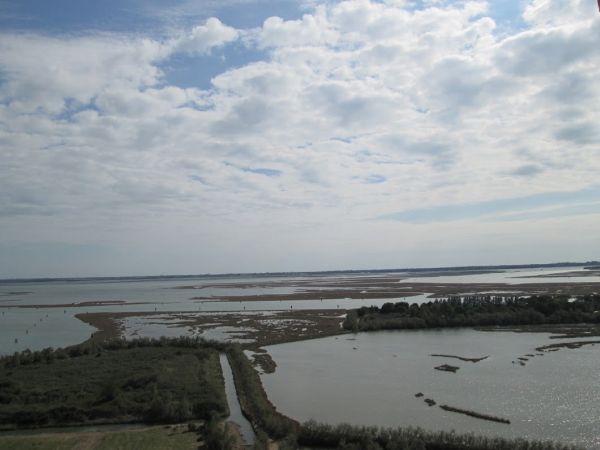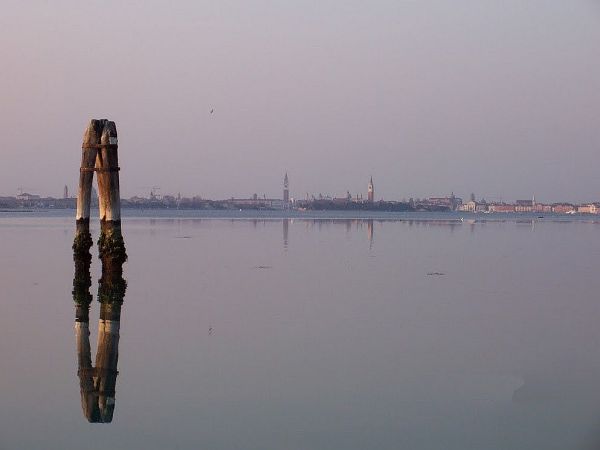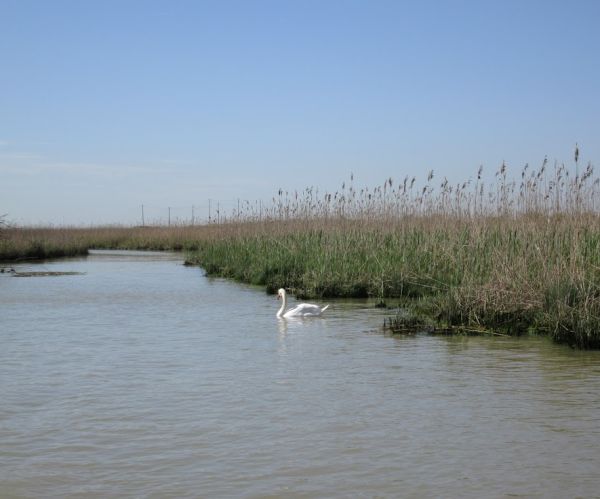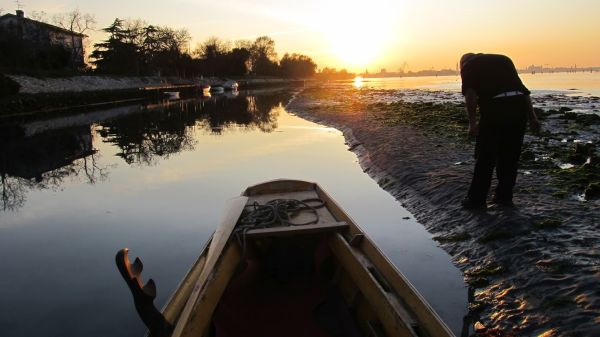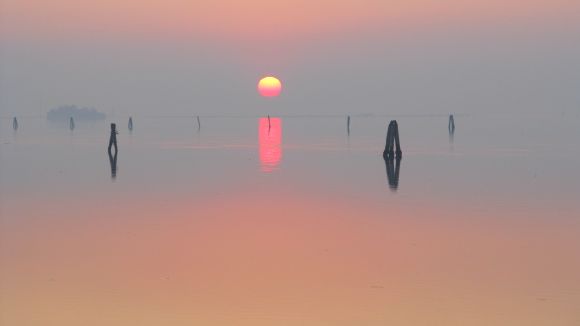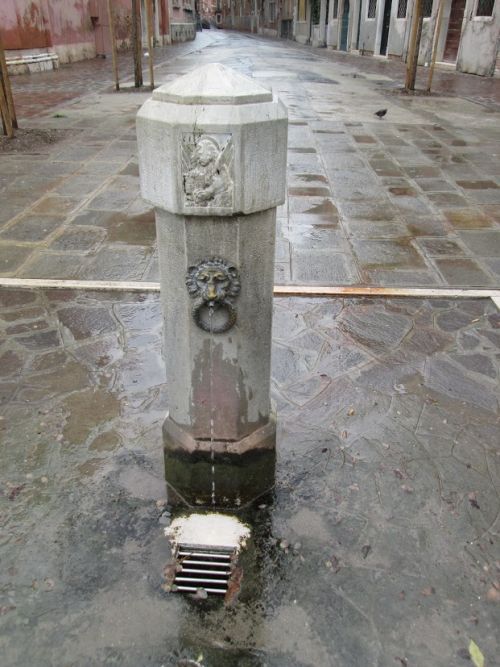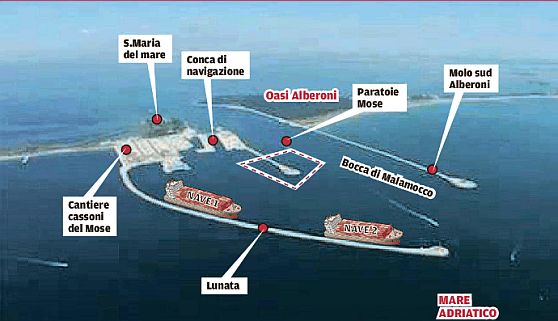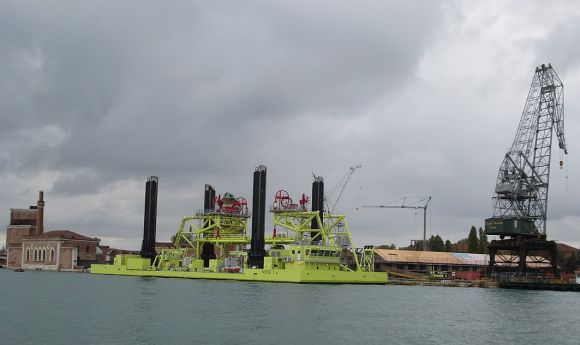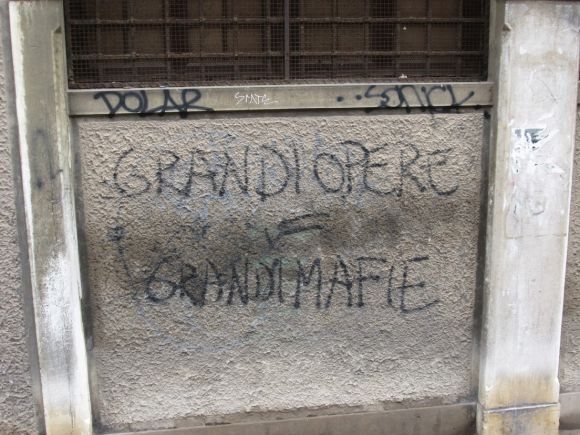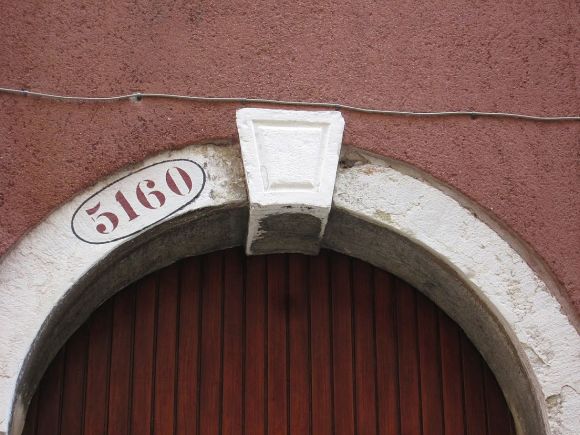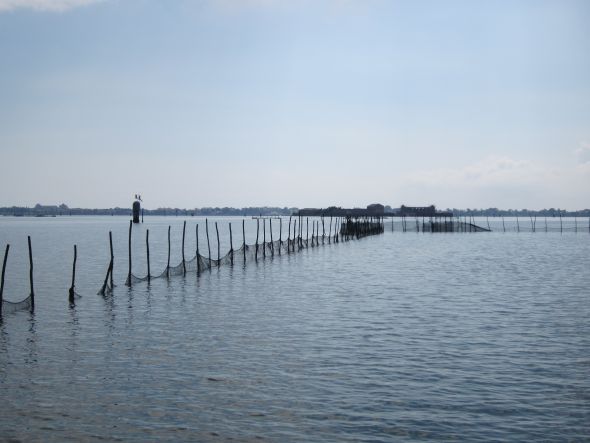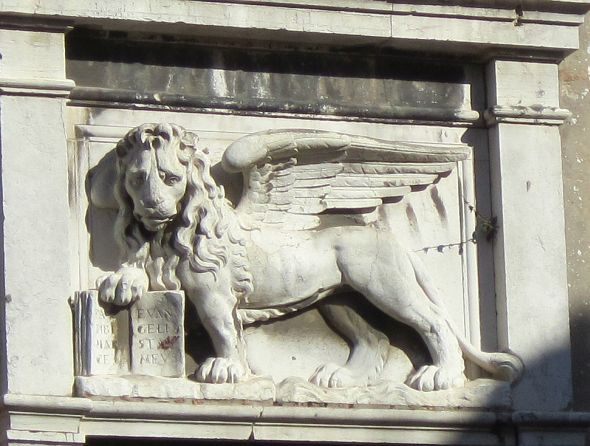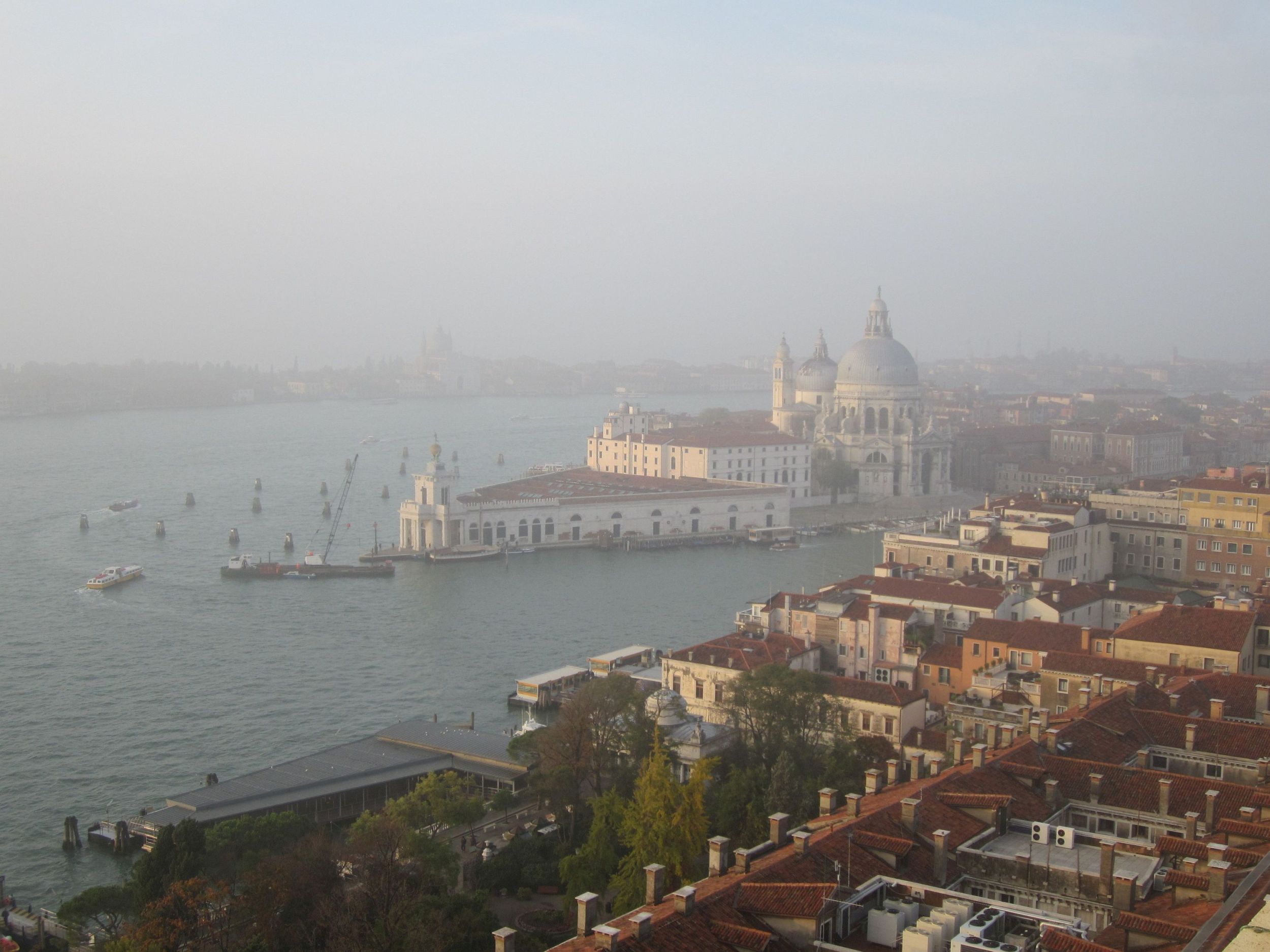
The division of history into the still-common categories of B.C. and A.D. is rendered in Italian as A.C. and D.C. (not to be confused with electric current or rock bands). It stands for “Avanti Cristo” and “Dopo Cristo” (before and after Christ).
I’m going to propose we keep using A.C. and D.C., but now they’re going to stand for “Avanti Coronavirus” and “Dopo Coronavirus.”
Before Coronavirus, we had problems with tourism (which immediately became problems without tourism). And we had acqua alta. And we had MOSE, and still have MOSE, and will always have MOSE till eternity has been reduced to the nucleus of the hydrogen atom and is extinguished.
To recap: Acqua alta is something that happens. It can be extreme, and sometimes extremely damaging. So it was decided, after the still-champion event of November 4, 1966, that the solution would be barriers composed of mobile “gates” that would be raised to block the water’s entrance into the lagoon, a/k/a Venice. (I make that distinction because the MOSE people don’t care about the lagoon — it is being built to protect the city. The damage that this construction has done and continues to do to the lagoon isn’t mentioned by the MOSE people, but it remains nevertheless.)
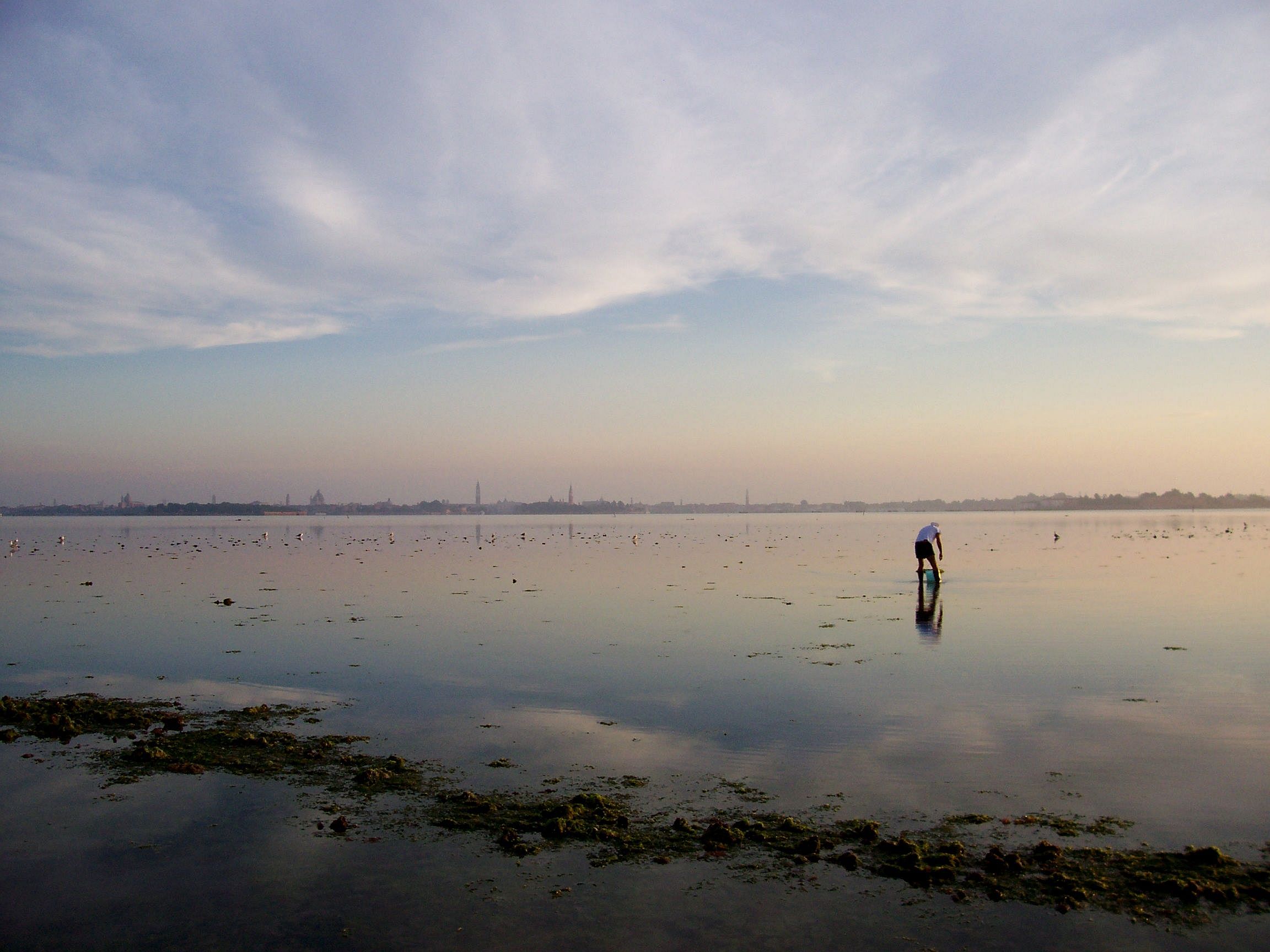
How are things going? Well, about as usual, which means moving ahead by fits and starts, badly and expensively. This form of progress attracted notice from time to time until the catastrophic acqua alta on November 12, 2019 that simultaneously drowned and battered the city. The morning after was full of wailing, as you would expect, and among those wails were angry voices saying that if MOSE had ever been finished on time (like, at least ten years ago) and in working order (this will always be doubtful), the city would not have suffered this appalling disaster. The rough translation would be “Hey — those floodgates you all have been blowing smoke about for the last 30 years? This is EXACTLY the situation they were intended to protect us from. So where the f*#k are they already?”
Quick reply: “We’re on it! June! They’ll be done in June!”
So, good news: Being a major public work, its construction has not been blocked by the quarantine, though health security for the workers –staying at least one meter apart, in a tunnel under the water — is not easy. And at the Lido/San Nicolo’ site, they don’t have protective gear at all. But on we go.
Did I say “June 30”? That’s when the installations are supposed to be complete. Will they be working? Unlikely. They’re not going to be declared fully functional, ready for prime time, let’s cut the ribbon, until December 31, 2021. The mayor is livid, and has generally made it known to the administrative body, the Consorzio Venezia Nuova (CVN), that this fall Venice is going to be facing high water again, and the gates better the f*#k be ready by then.
You know what’s coming next: Money. We have none, and yet rivers of money keep flowing to all sorts of offices and individuals. One million euros have been spent so far on the “super-commissioner” assigned to oversee MOSE with her office/staff (engineers, lawyers, tech wizard, press officer).
Money also has to be found to pay the salaries of the 250 employees of the CVN and two associated entities. And money has to be found to repair the many problems on the construction up till now, including modifying the special basin to allow ships to enter at Malamocco if the gates are raised. The current basin, which cost 360,000,000 euros, not only was damaged by a storm in 2015, but has been found to be too small.
Yes indeed, there is still more: The original project plan stipulated that the 78 gates have to be replaced every five years (five years after they begin working). But there are gates that have already been lying underwater for more than five years — in the case of the ones at San Nicolo’-Treporti, since 2013.
But before replacement, there must be maintenance: cleaning, scraping off the heavy encrustations of barnacles and other clingy creatures, probably tasks aimed at gears and hydraulics, checking the condition of the tubes that carry the compressed air that powers the raising of the gates, etc. The cost of maintenance? Now projected to be 100,000,000 euros per year. No, wait — it actually says “at least 100,000,000 a year.”
The news today reported that 40,000,000 euros have arrived in the city’s coffers of the 84,000,000 earmarked by the state to repair November’s devastation to the city and pay indemnities to businesses damaged by the acqua alta. This is excellent news and comes none too soon, but then I look at the numbers. It costs more to maintain the gates than it does to repair the city?
Now we hear about the cost of the consultants. I suppose every project has consultants, though it’s not clear to me why, if you’ve already got professionals on the job in every category, you need to hire more. A list was published in the Gazzettino on April 2 detailing monies spent in 2014 and 2019 in three areas: Administrative, Legal, and Technical. “Administrative” includes three (3) special administrators paid 240,000 euros each.
In 2019, what with one thing and another, 3,000,000 euros were spent on consultants. And about 2,000,000 of those were spent on lawyers. So many things have gone wrong for so long that evidently you couldn’t have too many, and they all cost money. One lawyer was paid 900,000 euros (admittedly he had plenty to do; he was employed by the Consorzio, which was batting away lawsuits from suppliers and other offended parties like King Kong fighting the airplanes).
I may have said this before, but it’s worth repeating: MOSE was supposed to save the city, but looking at these numbers, I’m beginning to think that somebody needs to save the city from MOSE.


